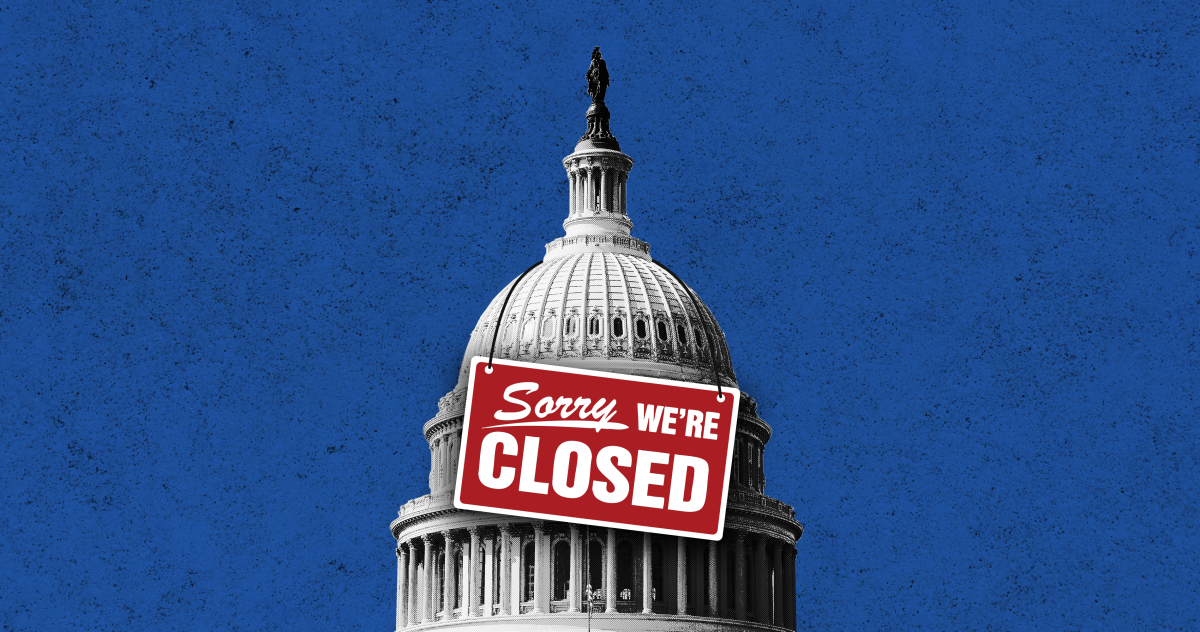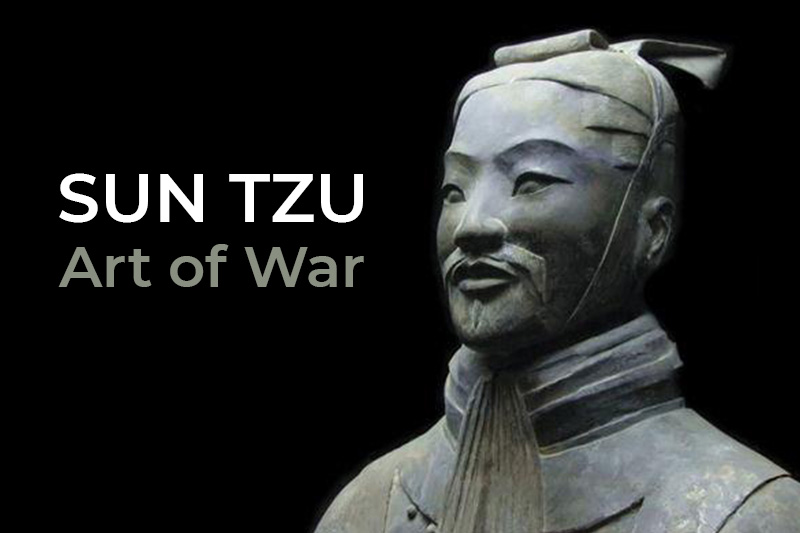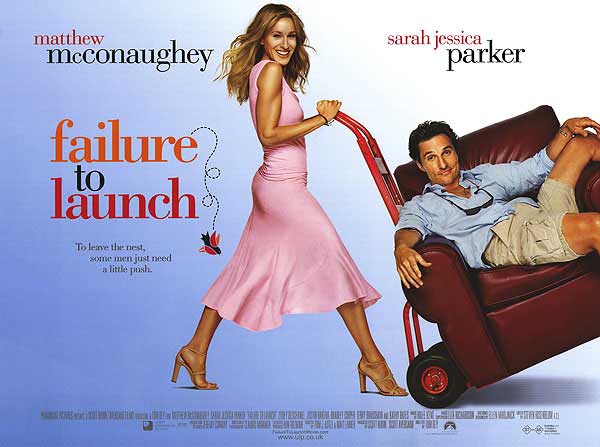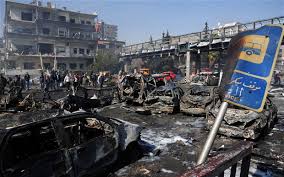For more than two years the Syrian people have struggled to remove their president, Bashar al- Assad from power. The crisis began in 2011 when Syrians, protesting for the release of political prisoners, were met with brutal violence. President Assad refused to end the attacks and was openly accused of using torture and even artillery on protesters. He denied his involvement, blaming terrorist organizations. Meanwhile, he refused to allow humanitarian aid to reach the protesters.This caused a massive shortage of supplies for the country as a whole.
As the crisis escalated, the opponents of Assad’s regime began to set up armed resistance. Because of the lack of progress, many had called for the resignation of Assad as early as the fall of 2011. In August of 2011, the resistance began attacking the government soldiers, as Assad was not making any of the requested amends.This was the first armed retaliation. Human rights violations were committed on both sides, and many civilians were targeted because of their affiliation with the opposing faction. The violence thickened.
Although there has been a media blackout since 2011, UN officials have confirmed human rights violations and war crimes on both sides of the conflict. Alleged reports came through the week of August 26 of a chemical attack in Damascus. The UN has been attempting to gain access to the site to confirm the accusations. Footage has been leaked of women and children dead in piles, assumably from suffocation.
With the rising tensions over the past months, President Obama has been placed In a position where he must make a decision. He is wary of entering another costly war, but it is difficult to ignore the crimes against humanity that have already been committed.















